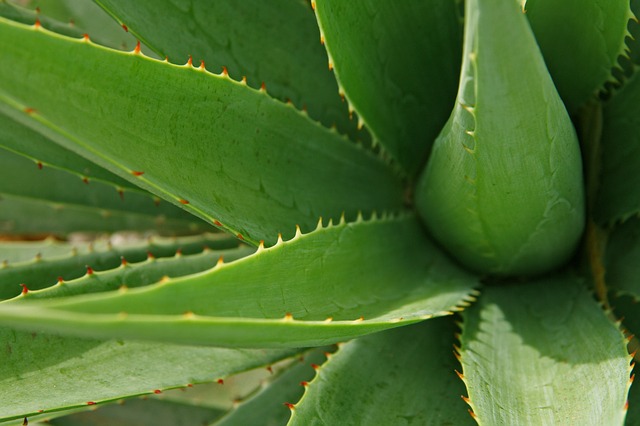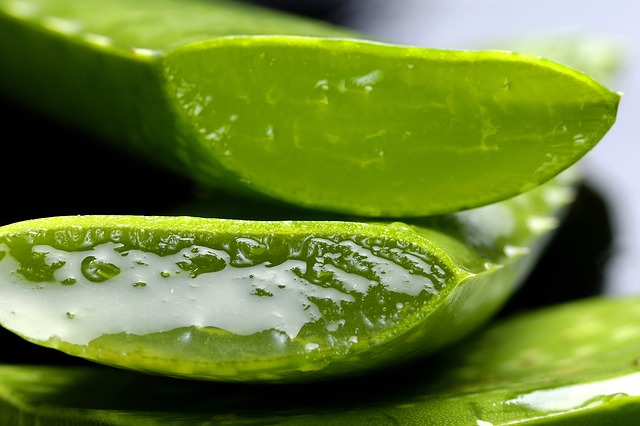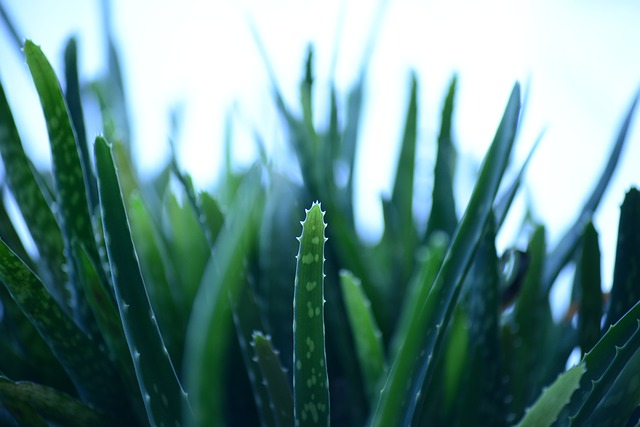
Complete Guide For Aloe Vera Farming In India
Aloe vera is known for its many uses. Be it cosmetic or healing situations, this species of succulent is known for vitamins and minerals that it possesses. Because of its benefits and the usefulness, it is important to be aware of where and how aloe vera is cultivated in India. So, we are breaking down how aloe vera is farmed in our country below:
Contents
1. Uses And Benefits
Like we said earlier, aloe vera is known to have various benefits. Aloe vera contains over 200 active components including vitamins, minerals, amino acids, enzymes, polysaccharide, and fatty acids. This is the major reason it is used as a remedy for various injuries.
This succulent is high in vitamins like A, C, E and folic acids. An interesting fact is that it is one of the few plants that have the vitamin of B12. Aloe vera is also high in amino acids and fatty acids. It is also known to help with digestion and it used to alkalize the body. Of course, you might’ve heard about the rage of Aloe vera for cosmetics.
It is used by cosmetic brands for their products in the form of creams, gels and more. Not only that, but it is known to be used fresh as it is by people all over the world. Whether it’s acne or burn scars, aloe vera is known to help with many skin problems.
Now that you have been briefed on the many uses that Aloe vera can have, let us move on to aloe vera farming in India. Listed below are the various types of the succulent cultivated in the country.
2. Varieties Of Aloe Vera
 There are about 150 types of aloe vera. However, seven among them are considered the main varieties. We shall be seeing the three most commonly cultivated varieties of aloe vera in India.
There are about 150 types of aloe vera. However, seven among them are considered the main varieties. We shall be seeing the three most commonly cultivated varieties of aloe vera in India.
-
Gurguva Aloe
Aloe Vera or scientifically known as Aloe barbadensis. This is the main type of the succulent.
-
Cape Aloe
Aloe ferox.
-
Sagotrin Aloe
Aloe perryi.
Aloe vera cultivation has been growing widely in India for the past couple of years. Now, we shall be going into the cultivation part of the succulent. Let us see the requirements for the growth of aloe vera.
3. Factors And Requirements For Growth
Aloe vera is grown in states like Chattisgarh, Madhya Pradesh, Maharashtra, Gujarat and many more. Growing aloe vera in desert or dry areas can be found to be ideal.
-
Soil Requirements for aloe vera
Although it can survive in the poorest of soils, it has to be crucially protected from frost. Other than that, aloe vera can be grown in various types of soils. The ideal type of soil is sandy and loamy soils that is alkaline and with a PH level of up to 8.5. Water logged soil is suitable for the growth of this succulent.
-
Climate requirements for aloe vera
Overall, the aloe vera is known as a warm and tropical plant. However, it’s a flexible one and can be grown in various types of climates. Again, it cannot tolerate frost and needs to be protected well from it by all costs.
4. The Cultivation Method
First, let us talk about how the aloe vera plant is propagated. The propagation method is usually done through the root suckers but can also be done through the cuttings of the new growth that is formed. Around 15,000 root suckers are needed for about 1 hectare of land. One should keep in mind that about 60 cm x 60 cm spacing has to be maintained between each one. The process of cultivation has a similar method as to mushroom cultivation in India.
Irrigation is a very important step in any stage of organic farming. Although aloevera does not require much water, the irrigation process must be done as soon as the planting has ended. It can be done through rain fed method or sprinkler method. For the ideal aloe vera plant, about 150 ml of water each month should be the perfect amount.
Next, the manure and fertilizer provision comes into play. SInce it is an organic plant, only Farm yard manure must be used. Apart from the usual farm yard and natural manure like cow dung, annual supplements can be added for that extra supply of nutrients that the crop might need.
And lastly, we have the harvesting or yielding stage. In aloe vera, the older and exterior leaves are generally harvested. These leaves do not have to removed by efficient machines but can also be removed by hand. The crop should be ready to harvest after 18 long months of sowing processes.
5. After Harvestation
 Post harvestation, the aloe plants are tipped, tailed its spiny edges are removed. There are many ways that the gel can be extracted and separated. The juice is allowed to drain into vessels. Another method is it can be squeezed in order to extract the gel. If we’re talking commercially, aloe vera can be sold along with necessary additives for its preservation. However, if grown in smaller scales, any other method can be used.
Post harvestation, the aloe plants are tipped, tailed its spiny edges are removed. There are many ways that the gel can be extracted and separated. The juice is allowed to drain into vessels. Another method is it can be squeezed in order to extract the gel. If we’re talking commercially, aloe vera can be sold along with necessary additives for its preservation. However, if grown in smaller scales, any other method can be used.


